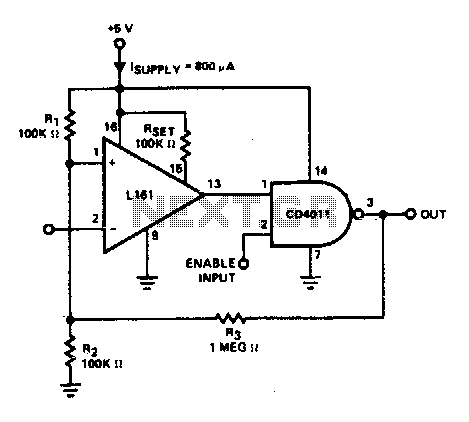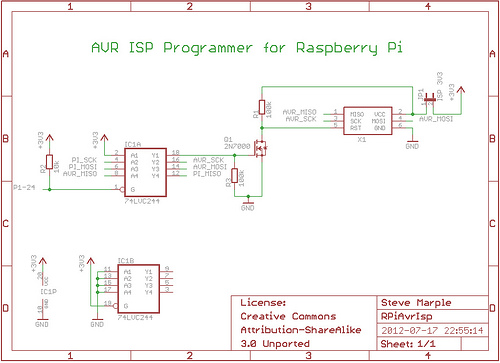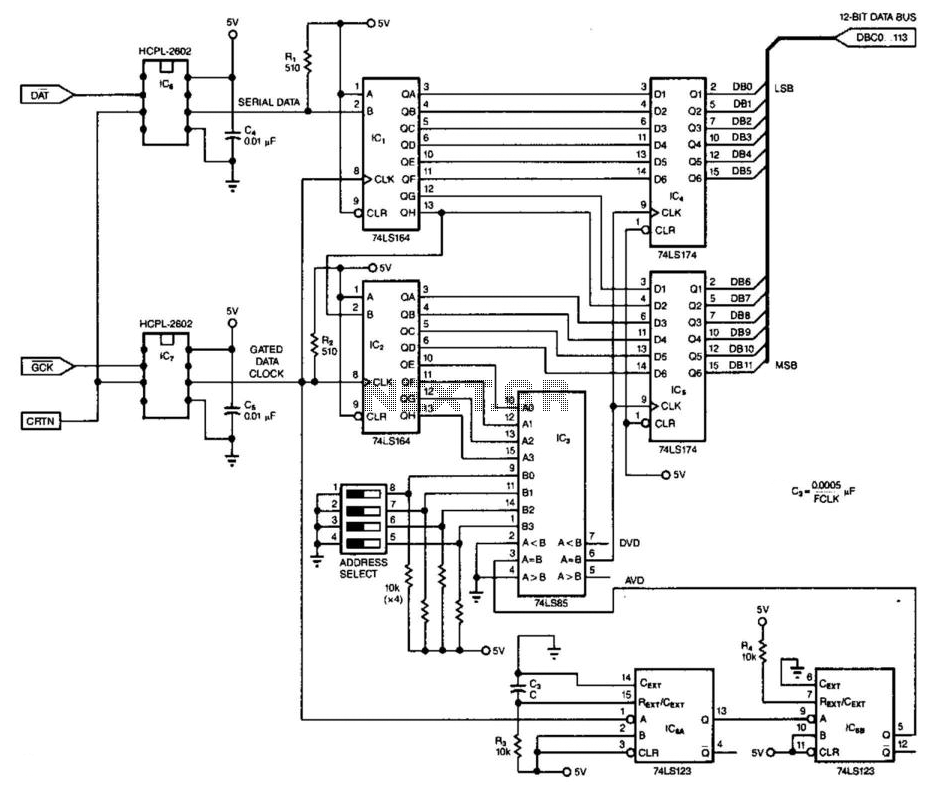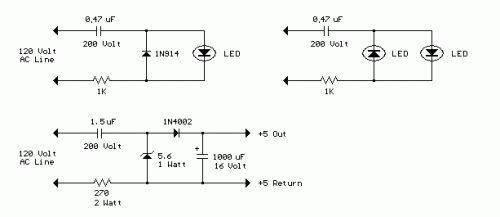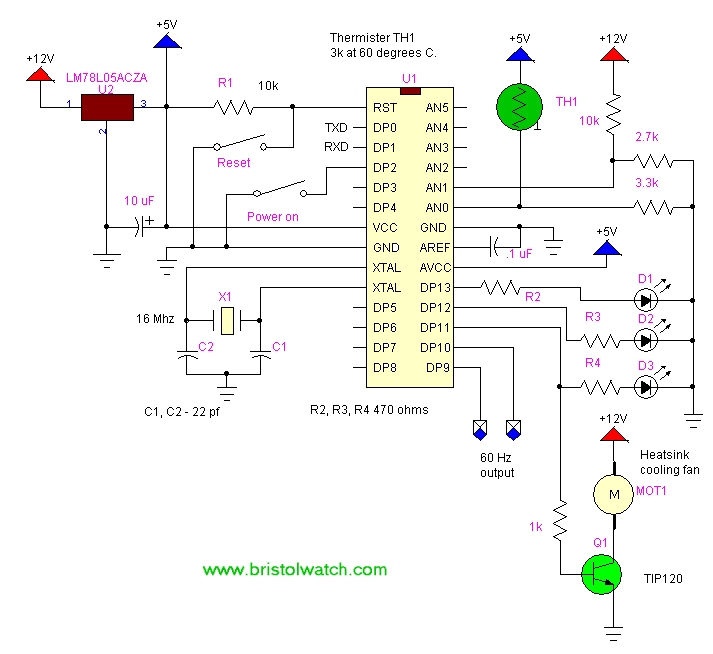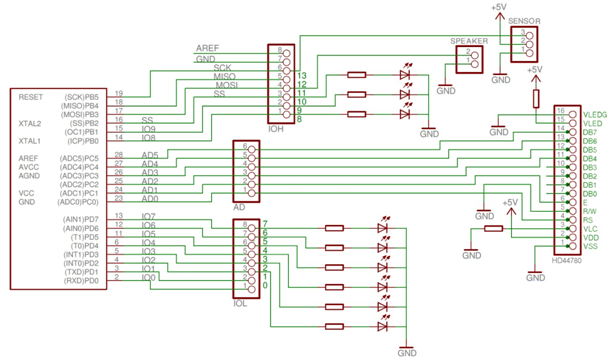
Arduino IR Transmitter & Receiver w/ LEDs Flickering Issue (Whats wrong with this circuit?)
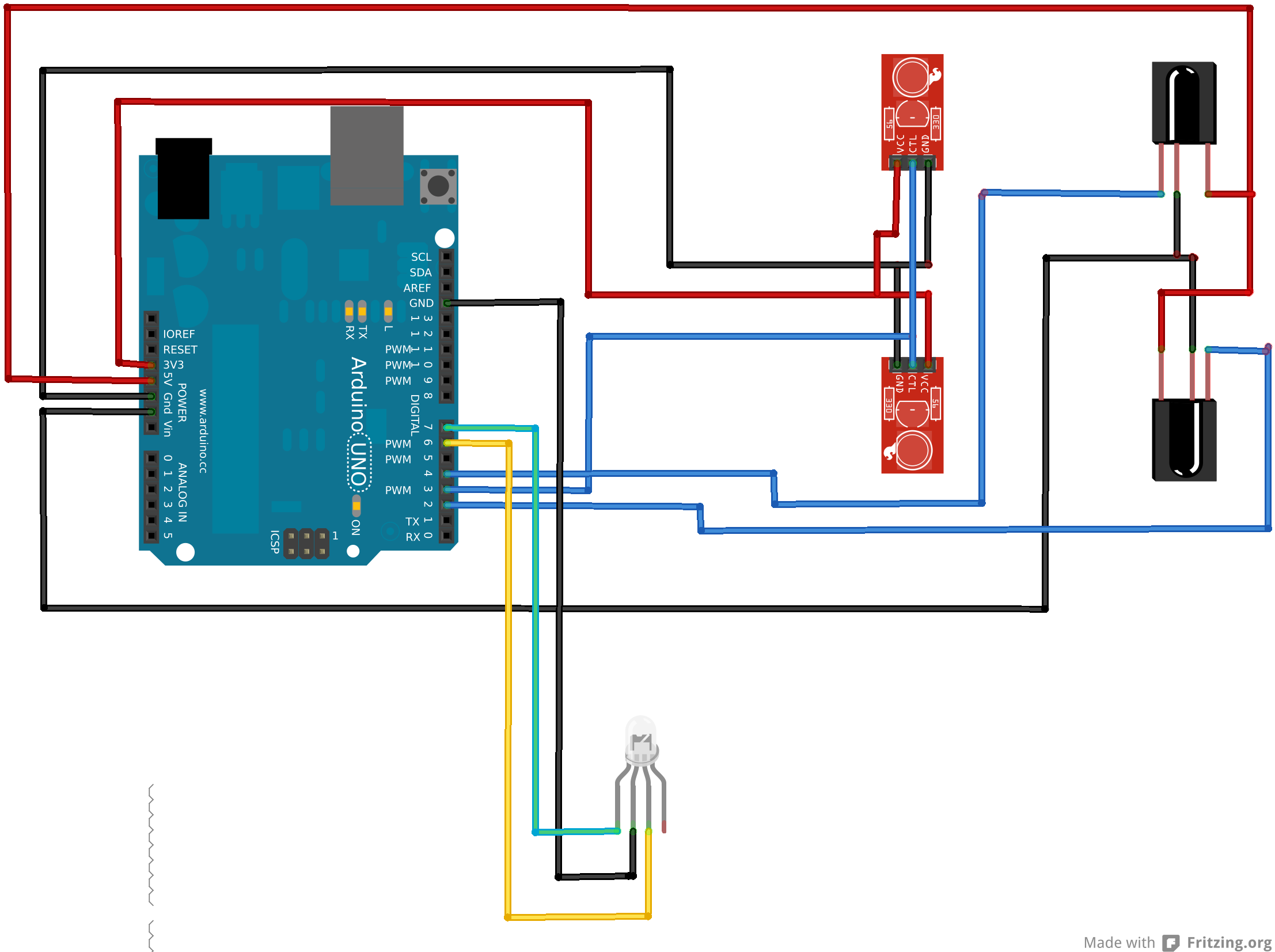
An Arduino Uno is connected to two infrared (IR) transmitters and their respective receivers. When one of the receivers detects a beam break, a strand of LEDs displays a pattern. While this setup functions correctly in principle, an issue arises when the IR transmitters and receivers are connected to the Arduino, causing the LEDs to flicker with random colors. Initially, when the IR transmitters and receivers are disconnected, the system operates without issues. However, once the receivers are connected, flickering begins after approximately 8 seconds. This flickering persists even after disconnecting the IR receivers, although at a reduced frequency. The Arduino is powered via USB, and the LED strand is powered from an external 12V power supply. The user has not found a specific diagram for the LED strand. The IRremote library is used to control the IR transmitters, and the strandtest example from the Adafruit WS2801 LED library is currently being tested. Notably, another similar strand of LEDs does not exhibit flickering regardless of the IR connections. A potential solution considered is to use an external power supply for the IR components to prevent them from being connected to the Arduino. Clarification is sought regarding the appropriate specifications for such a power supply in terms of voltage and amperage output.
The circuit described involves an Arduino Uno interfacing with two IR transmitters and receivers, which are used for detecting interruptions in an IR beam. The LEDs are controlled to display specific patterns upon detection of a beam break. The flickering issue observed suggests a possible grounding or power supply interference problem, which can occur when multiple components share the same power source.
To address the flickering, it is advisable to isolate the power supply for the IR components from the Arduino. This can be achieved by using a dedicated external power supply for the IR transmitters and receivers. The voltage requirement for the IR components typically matches that of the Arduino, which is 5V. However, it is essential to verify the specifications of the IR transmitters and receivers to confirm their voltage requirements.
In determining the amperage output for the external power supply, the total current draw of the IR components should be calculated. This can be done by checking the datasheets for the specific IR transmitters and receivers to find their current consumption. Adding a margin of safety (typically 20-30%) to the total current requirement will ensure that the power supply can handle any additional load or inrush current when the components are activated.
Additionally, it is recommended to implement proper decoupling capacitors near the power pins of the IR components to filter out any noise that may contribute to the flickering. Using capacitors with values ranging from 0.1 µF to 10 µF in parallel can help stabilize the power supply.
In conclusion, isolating the IR components with a dedicated power supply, verifying their voltage and current specifications, and incorporating decoupling capacitors can significantly improve the performance of the circuit and eliminate the flickering issue experienced with the LEDs.An Arduino Uno connected to two IR transmitters and respective receivers. Basically, when one of the receivers detects a beam break, I have a strand of LEDs display a pattern. This all works in principle, but the problem is that when the IR transmitters and receivers are connected to the Arduino, the LEDs flicker with random colors.
Here`sa video of exactly what`s happening. At first, the IR transmitters and receivers are disconnected and everything is fine, then I connect the IR receivers and the flickering begins at around 8 seconds. . The flickering will continue even when I disconnect the IR receiver, albeit at a reduced rate. In the above diagram, the Arduino is powered via USB (I tried with a 12V power supply too), and the LED strand is powered from an external 12V power supply (I couldn`t find a diagram for an LED strand).
If it matters, I should mention that I`m using the IRremote library to control the IR transmitters ( ) and the strandtest example from the Adafruit WS2801 LED library ( ) to test everything right now. The strange thing is that I also have another strand of similar LEDs ( ) and they do not experience the flickering regardless of if the IR transmitters and receivers are connected or not.
So the only thing I can think of is to use an external power supply for the IR so as it avoid connecting them to the Arduino. Is that a valid solution If so, how do I got about determining what power supply I would need (in terms of voltage and amperage output)
🔗 External reference
The circuit described involves an Arduino Uno interfacing with two IR transmitters and receivers, which are used for detecting interruptions in an IR beam. The LEDs are controlled to display specific patterns upon detection of a beam break. The flickering issue observed suggests a possible grounding or power supply interference problem, which can occur when multiple components share the same power source.
To address the flickering, it is advisable to isolate the power supply for the IR components from the Arduino. This can be achieved by using a dedicated external power supply for the IR transmitters and receivers. The voltage requirement for the IR components typically matches that of the Arduino, which is 5V. However, it is essential to verify the specifications of the IR transmitters and receivers to confirm their voltage requirements.
In determining the amperage output for the external power supply, the total current draw of the IR components should be calculated. This can be done by checking the datasheets for the specific IR transmitters and receivers to find their current consumption. Adding a margin of safety (typically 20-30%) to the total current requirement will ensure that the power supply can handle any additional load or inrush current when the components are activated.
Additionally, it is recommended to implement proper decoupling capacitors near the power pins of the IR components to filter out any noise that may contribute to the flickering. Using capacitors with values ranging from 0.1 µF to 10 µF in parallel can help stabilize the power supply.
In conclusion, isolating the IR components with a dedicated power supply, verifying their voltage and current specifications, and incorporating decoupling capacitors can significantly improve the performance of the circuit and eliminate the flickering issue experienced with the LEDs.An Arduino Uno connected to two IR transmitters and respective receivers. Basically, when one of the receivers detects a beam break, I have a strand of LEDs display a pattern. This all works in principle, but the problem is that when the IR transmitters and receivers are connected to the Arduino, the LEDs flicker with random colors.
Here`sa video of exactly what`s happening. At first, the IR transmitters and receivers are disconnected and everything is fine, then I connect the IR receivers and the flickering begins at around 8 seconds. . The flickering will continue even when I disconnect the IR receiver, albeit at a reduced rate. In the above diagram, the Arduino is powered via USB (I tried with a 12V power supply too), and the LED strand is powered from an external 12V power supply (I couldn`t find a diagram for an LED strand).
If it matters, I should mention that I`m using the IRremote library to control the IR transmitters ( ) and the strandtest example from the Adafruit WS2801 LED library ( ) to test everything right now. The strange thing is that I also have another strand of similar LEDs ( ) and they do not experience the flickering regardless of if the IR transmitters and receivers are connected or not.
So the only thing I can think of is to use an external power supply for the IR so as it avoid connecting them to the Arduino. Is that a valid solution If so, how do I got about determining what power supply I would need (in terms of voltage and amperage output)
🔗 External reference
